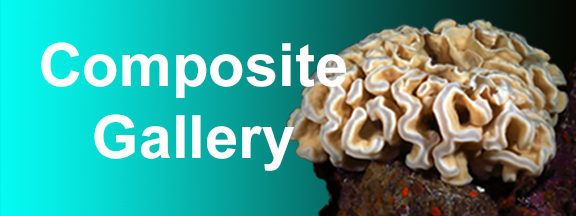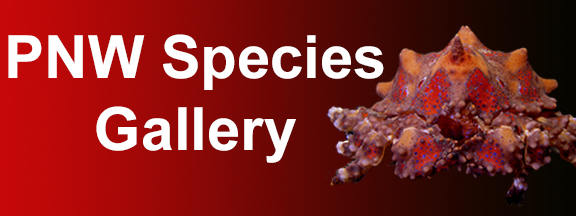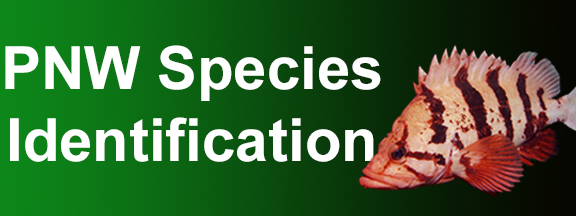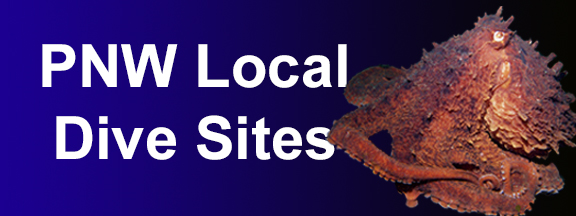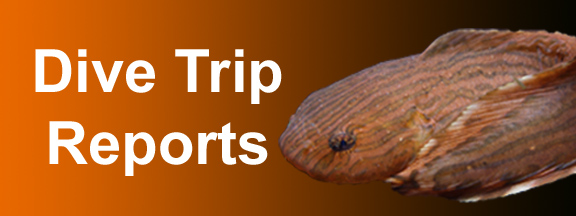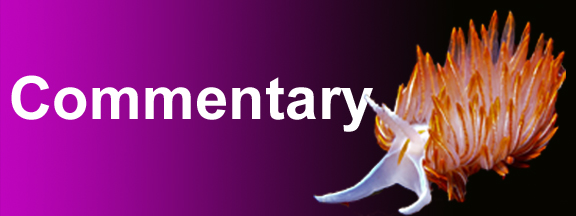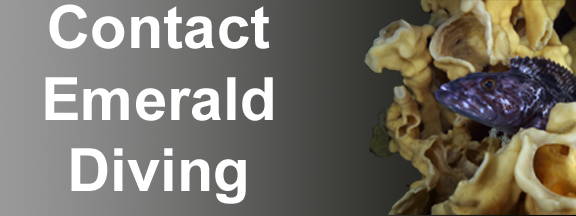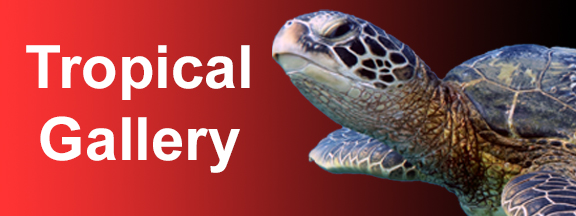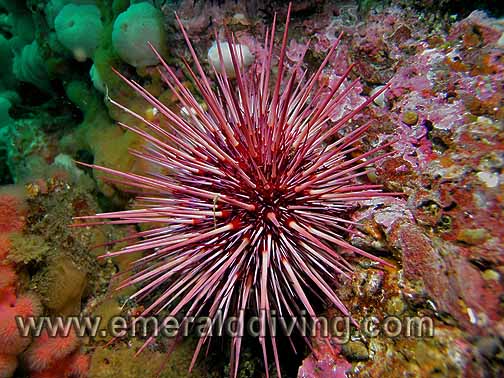

The enlargement viewer only works properly once ALL images on this page are loaded.
Green Sea Urchin
Strongylocentrotus droebachiensis
Typical size: 2-6” diameter
ID: White/green body with short white spines.
Comments: I typically note this short spined urchin in shallower areas where broadleaf kelp grows. My observations are that the green sea urchin is the most widely distributed and numberous species of sea urchin in our waters.
Strongylocentrotus droebachiensis
Typical size: 2-6” diameter
ID: White/green body with short white spines.
Comments: I typically note this short spined urchin in shallower areas where broadleaf kelp grows. My observations are that the green sea urchin is the most widely distributed and numberous species of sea urchin in our waters.
Purple Sea Urchin
Strongylocentrotus purpuratus
Typical size: 12-16” diameter
ID: Maroon/purple body with long purple spines.
Comments: I only note the purple sea urchin around rocky substrates that harbor kelp in the Cape Flattery area, Strait of Juan de Fuca, and San Juan Islands. Urchins have been overharvested im many areas to the point where they don't exist in certain regions.
Strongylocentrotus purpuratus
Typical size: 12-16” diameter
ID: Maroon/purple body with long purple spines.
Comments: I only note the purple sea urchin around rocky substrates that harbor kelp in the Cape Flattery area, Strait of Juan de Fuca, and San Juan Islands. Urchins have been overharvested im many areas to the point where they don't exist in certain regions.
Red Sea Urchin
Strongylocentrotus franscisanus
Typical size: 8-16” diameter
ID: Red body with long red spines
Comments: I usually note the red sea urchin anywhere I find the purple sea urchin. Sea urchins at some locations have been completely wiped out due to overharvesting. Sea urchins are an important member of the food chain as they help keep kelp growths under control.
Strongylocentrotus franscisanus
Typical size: 8-16” diameter
ID: Red body with long red spines
Comments: I usually note the red sea urchin anywhere I find the purple sea urchin. Sea urchins at some locations have been completely wiped out due to overharvesting. Sea urchins are an important member of the food chain as they help keep kelp growths under control.
White Sea Urchin
Typical size: 2-4” diameter
ID: White spines, flattish body.
Comments: This sea urchin can be very hard to discern fro the green sea urchin, especially when it gets larger. It has a flatter body than the sea urchin, but often co-exists with it's greener cousin. Photographed at Peapod Rocks in Roasario Strait amidst a colony of green sea urchins feeding on kelp.
Typical size: 2-4” diameter
ID: White spines, flattish body.
Comments: This sea urchin can be very hard to discern fro the green sea urchin, especially when it gets larger. It has a flatter body than the sea urchin, but often co-exists with it's greener cousin. Photographed at Peapod Rocks in Roasario Strait amidst a colony of green sea urchins feeding on kelp.


